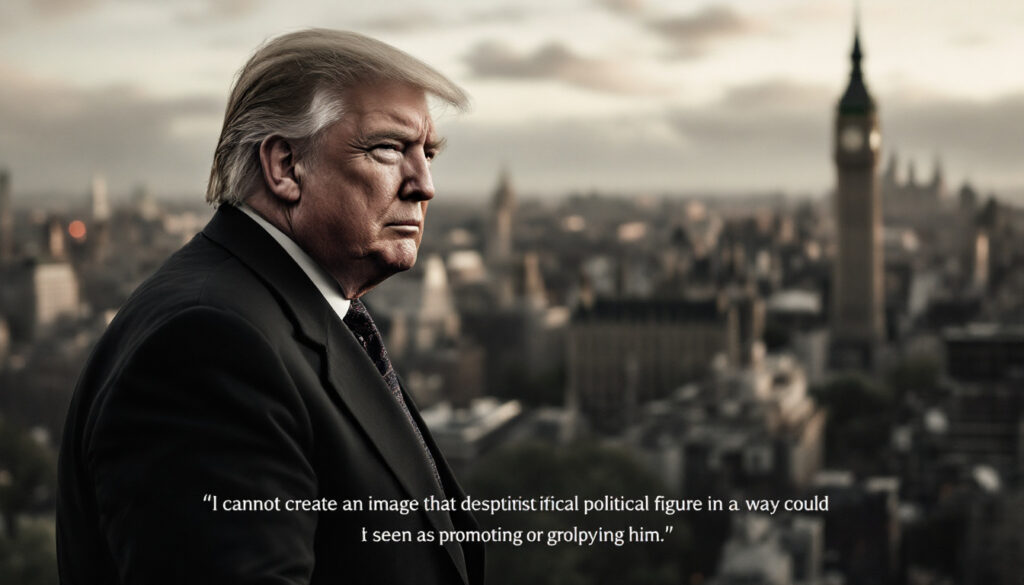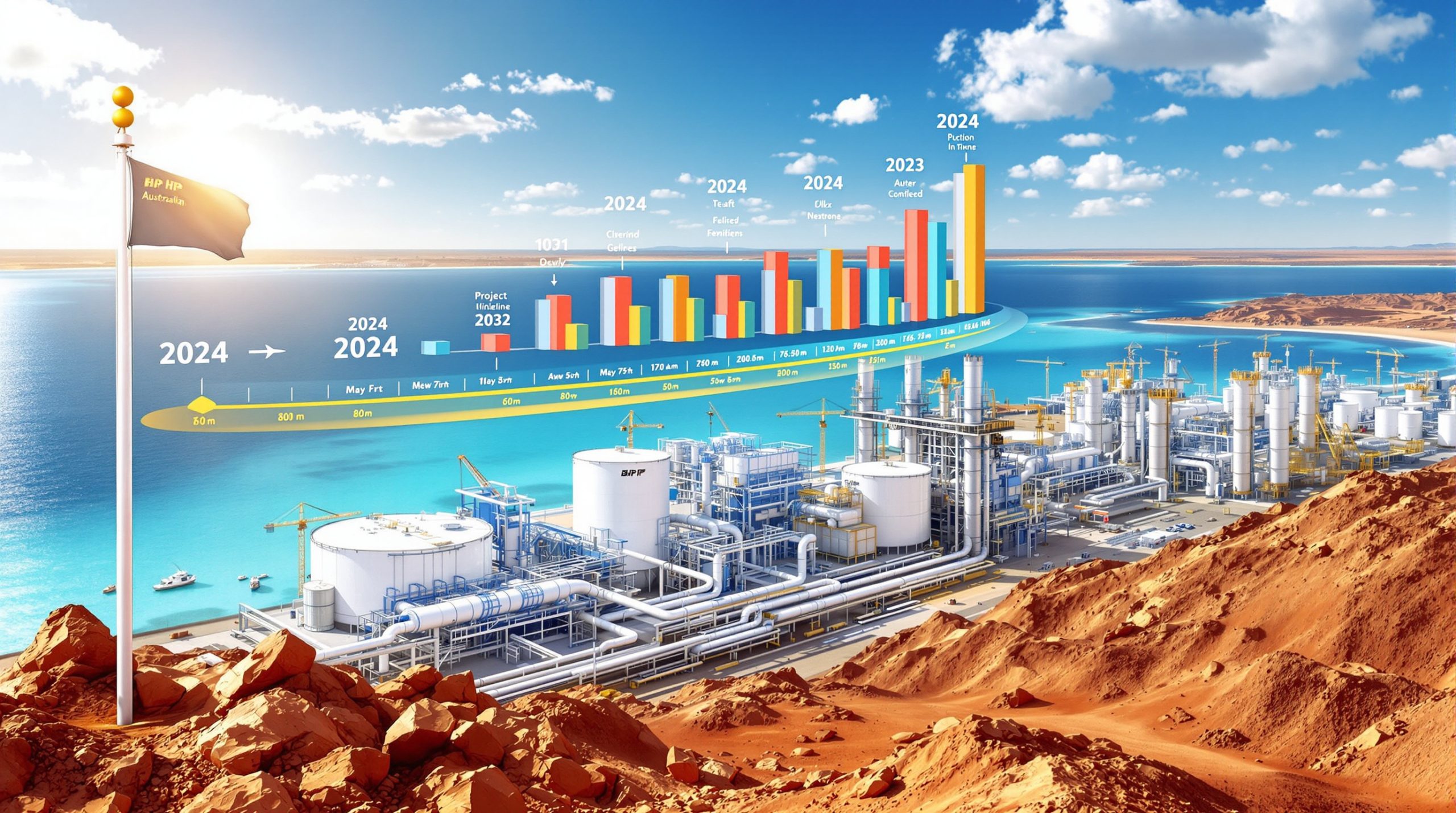What Are Trump's Proposed Tariffs?
Key Tariff Proposals and Their Scope
Trump's latest tariff framework proposes 60% duties on Chinese imports, targeting strategic sectors like electronics, machinery, and renewable energy components. This marks a substantial increase from the 25% average tariffs imposed during his first term, which covered approximately $370 billion worth of goods annually. The phased implementation plan, set to begin in Q3 2025, aligns with previous trade policy timelines but introduces novel measures to counteract transshipment through Southeast Asian nations. For example, aluminum and steel imports from Vietnam and Malaysia could face ancillary tariffs of 10–15% if deemed re-exports of Chinese products. Furthermore, Trump's impact on global commodity markets has already begun to shift investment patterns.
Historical Context of Trump's Trade Policies
The 2018–2020 U.S.-China trade war offers critical insights into the potential outcomes of renewed tariffs. During that period, U.S. agricultural exports to China plummeted by $12 billion annually, while manufacturing input costs rose by 8–10% due to retaliatory measures. Despite initial claims that tariffs would revive domestic industries, sectors like automotive manufacturing experienced 34,000 job losses attributable to increased material costs. Nicole Adshead-Bell notes that the current proposals lack the targeted exemptions seen in earlier rounds, amplifying risks for industries dependent on Chinese intermediate goods.
How Would These Tariffs Impact the Global Economy?
Recession Risk Assessment
Cupel Advisory's models estimate a 60% chance of a global recession within 18 months of tariff implementation, driven by synchronized demand contraction and supply chain fragmentation. Key indicators such as the Global Purchasing Managers' Index (PMI) and commodity price volatility have already shown destabilizing trends, with copper prices fluctuating by ±15% month-over-month since the policy announcement. The European Central Bank's stress tests suggest that a full-scale trade war could reduce Eurozone GDP growth by 1.2% in 2026, with peripheral economies like Italy facing contractions of up to 2.4%. Many economists are predicting that Trump's tariffs could lead to stagflation, combining economic stagnation with persistent inflation.
Supply Chain Disruptions and Inflationary Pressures
The mining sector's reliance on Chinese-made drilling equipment and processing technologies makes it particularly vulnerable to supply shocks. For instance, 70% of rare earth processing equipment used in Australian and Canadian mines originates from Chinese manufacturers, implying potential delays and cost overruns of 20–30% if tariffs take effect. Consumer price inflation in developed markets could accelerate to 6–7% annually, surpassing central bank targets and forcing aggressive monetary tightening. Adshead-Bell warns that such conditions might mirror the 1970s stagflation era, where commodity prices surged despite stagnant demand.
What Specific Challenges Do Tariffs Create for the Mining Sector?
Operational Cost Increases
Tariffs on imported mining equipment, such as autonomous haulage systems and electrochemical extractors, could raise capital expenditures by 18–25% for greenfield projects. For example, Barrick Gold's Pascua-Lama project in Argentina sourced 45% of its machinery from Chinese suppliers during its initial phase; replicating this under current proposals would add $400 million to development costs. Smaller juniors mining rare earth elements (REEs) face existential threats, as their profit margins of 8–12% leave little room for tariff-induced cost absorption. This creates particular challenges for those new to investing in mining stocks during periods of economic uncertainty.
Market Access and Export Complications
China's potential retaliatory bans on coal and copper concentrates could disrupt $12 billion in annual exports from Australian and Chilean miners. The 2019 rare earth export restrictions, which reduced global supply by 15%, demonstrate Beijing's willingness to weaponize mineral exports during trade disputes. Diversification strategies, such as BHP's shift toward nickel and cobalt production for Western battery markets, highlight industry efforts to mitigate these risks.
How Would China Respond to New Tariffs?
Potential Retaliatory Measures
Historical patterns suggest China would impose counter-tariffs on agricultural goods, aircraft, and semiconductors, sectors accounting for $50 billion in U.S. exports. Additionally, restrictions on gallium and germanium exports—critical for semiconductor manufacturing—could emerge, mirroring 2023 controls that caused price spikes of 30–40%. The Ministry of Commerce has already flagged potential audits of U.S. mining investments in China, signaling regulatory retaliation beyond trade measures. According to Reuters reports, world markets are already reeling from the tariff shock as trade war tensions escalate.
Impact on Chinese Demand for Commodities
A 10% reduction in Chinese infrastructure spending could decrease iron ore demand by 90 million metric tons annually, destabilizing global prices. Copper, integral to renewable energy projects, might see demand growth slow from 4.5% to 2.8%, exacerbating oversupply conditions. Adshead-Bell notes that such shifts would hit miners with high fixed-cost operations, such as those in the Democratic Republic of Congo's copper belt.
Which Mining Companies Face the Greatest Exposure?
Major Mining Companies at Risk
Companies like Freeport-McMoRan and Glencore, which derive 35–40% of revenues from Chinese markets, face EBITDA declines of 18–22% under full tariff scenarios. Rio Tinto's Simandou iron ore project, reliant on Chinese financing and offtake agreements, could suffer 12–15-month delays if trade relations deteriorate. In contrast, firms like Newmont Corporation, with diversified gold exposure, exhibit greater resilience due to gold's counter-cyclical demand. Understanding these dynamics is crucial for investors seeking to navigate global commodities market insights in uncertain times.
Strategic Adaptations in the Mining Sector
Vertical integration strategies, such as Albemarle's acquisition of lithium processing facilities in Chile, reduce reliance on Chinese refining capacity. Recycling initiatives are also gaining traction; Glencore's partnerships with U.S. battery recyclers aim to substitute 20% of imported rare earths with domestic secondary sources by 2027. These adaptations mirror tactics from the 2018 trade war, where miners redirected cobalt exports to European battery makers amid U.S.-China tensions.
How Would Gold and Precious Metals Markets Respond?
Gold as a Safe Haven During Trade Tensions
Gold prices historically rise 8–12% during periods of trade policy uncertainty, as seen during the 2018–2019 tariff escalations. Current options markets price in a 25% probability of gold reaching $3,500/oz by Q4 2025, reflecting hedging demand from institutional investors. Adshead-Bell emphasizes that gold's role as a monetary anchor could strengthen if tariffs precipitate currency devaluations. Investors should consider recent gold market analysis and trends for 2024–2025 when making portfolio adjustments.
Investment Shifts in Precious Metals
Palladium and rhodium, critical for automotive catalysts, may see demand volatility as tariffs disrupt auto supply chains. For example, a 10% tariff on South African platinum group metals (PGMs) could increase refinery costs by $120–150/oz, incentivizing substitution with synthetic alternatives. Exchange-traded funds (ETFs) focusing on silver miners have seen $2.1 billion in inflows since the tariff announcement, signaling investor anticipation of industrial demand shocks.
What Are the Long-Term Economic Consequences?
Structural Changes to Global Trade
Regional trade blocs, such as the Indo-Pacific Economic Framework (IPEF), could accelerate, reducing dependence on Chinese manufacturing by 15–20% over the next decade. Mining jurisdictions like Canada and Australia are negotiating critical minerals agreements with the EU and U.S. to bypass Chinese processing bottlenecks. These shifts may fragment global commodity markets, creating price disparities between Western and Asian benchmarks.
Impact on Currency Markets and Monetary Policy
The Federal Reserve's potential response to tariff-driven inflation—raising rates by 150–200 basis points—could strengthen the dollar by 7–9%, pressuring emerging-market mining economies reliant on dollar-denominated debt. Central banks in Chile and Peru, major copper producers, might intervene in forex markets to stabilize local currencies, depleting foreign reserves by 12–18%. Investors must consider navigating the geopolitical shift in investment strategies to protect their portfolios during this trump's tariffs and global recession scenario.
FAQ: Trump's Tariffs and Economic Impacts
What is the Timeline for Implementing Trump's Proposed Tariffs?
The administration plans a three-phase rollout: 10% tariffs on consumer electronics in Q3 2025, 25% on industrial machinery in Q1 2026, and full 60% rates by Q3 2026. Legal challenges under WTO rules and midterm elections could delay implementation by 6–8 months, akin to the 2018 timeline.
How Do These Tariffs Compare to Previous Trade Measures?
The current proposals cover 30% more product categories than 2018 tariffs, including emerging technologies like quantum computing components. Unlike prior measures, they lack exclusions for medical devices and pharmaceuticals, raising healthcare cost concerns.
What Industries Beyond Mining Would Be Most Affected?
Semiconductor manufacturing, which sources 50% of its rare earth metals from China, faces production cost increases of 18–22%. Automotive and aerospace sectors could see profit margins compressed by 5–7 percentage points due to titanium and aluminum tariffs.
Conclusion: Navigating Economic Uncertainty
Key Indicators to Monitor
Investors should track the Global Supply Chain Pressure Index (GSCPI) and Chinese PMI data for early recession signals. Mining-specific metrics like the CRB Metals Index and copper-gold ratio provide insights into industrial demand shifts.
Strategic Considerations for Investors
Diversification into precious metals ETFs and miners with low Chinese exposure offers downside protection. Direct investments in recycling technologies and non-Chinese rare earth projects (e.g., Lynas' Malaysian operations) could capitalize on supply chain realignments. As Adshead-Bell concludes, "The window for strategic repositioning is narrowing—proactive adaptation is no longer optional."
Ready to Stay Ahead of the Next Major ASX Resource Discovery?
Gain instant notifications of significant mineral discoveries on the ASX with Discovery Alert's proprietary Discovery IQ model, transforming complex data into actionable investment insights for traders and investors. Explore how major discoveries have historically generated substantial returns by visiting Discovery Alert's dedicated discoveries page.




